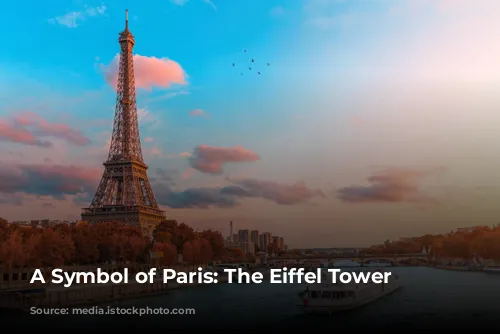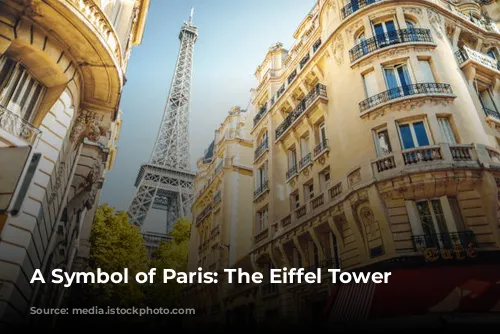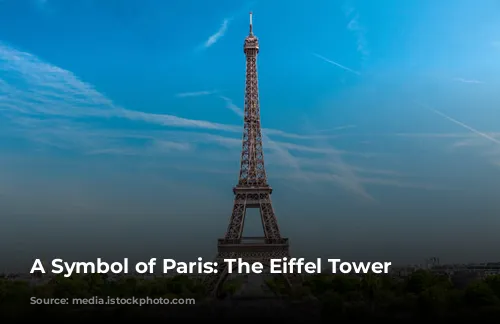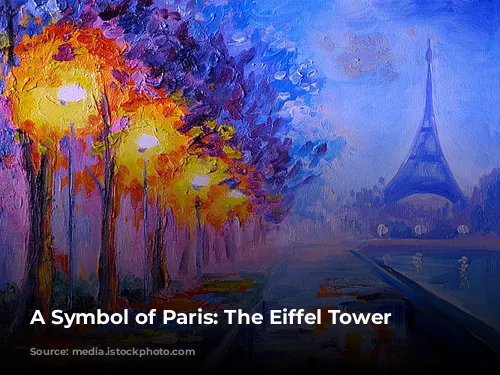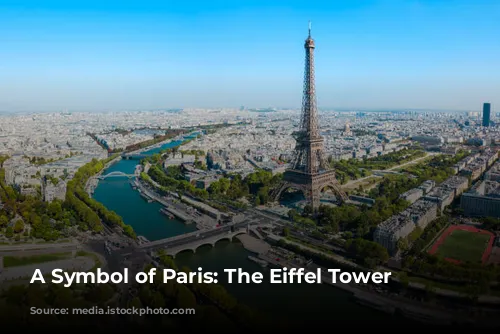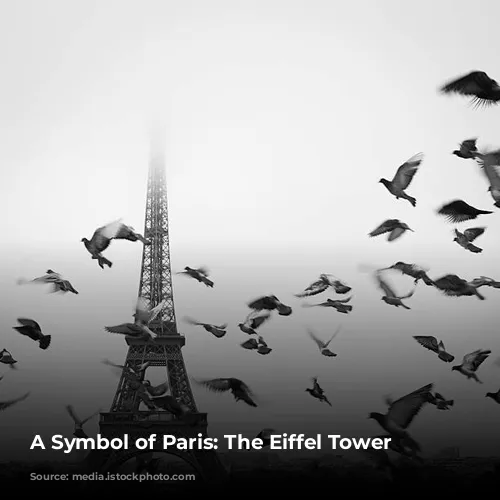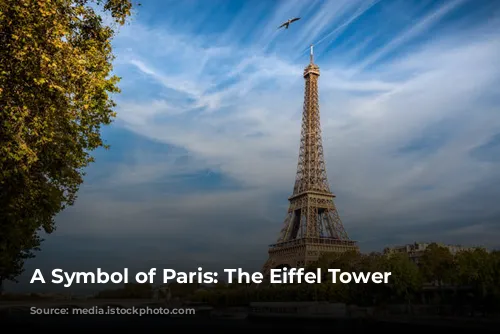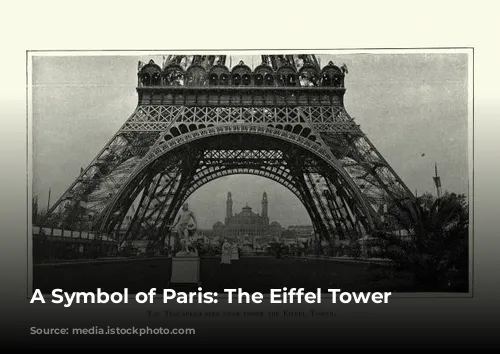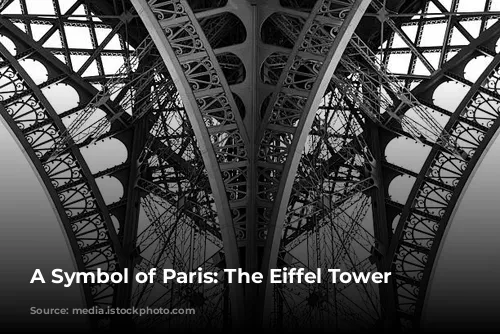The Eiffel Tower, a towering icon of Paris, is much more than just a beautiful structure. It holds a fascinating history and represents a pivotal moment in engineering and design.
Why was it built?
The Eiffel Tower’s story begins with the International Exposition of 1889, a grand celebration marking the 100th anniversary of the French Revolution. To commemorate this momentous occasion, the French government held a competition for a monumental structure. Among the numerous designs submitted, the Centennial Committee selected the proposal of Gustave Eiffel, a renowned bridge engineer. His vision? A magnificent tower that would serve as the entrance gateway to the exposition.
Beyond the Exposition: A Monument to Ingenuity
While the Eiffel Tower initially functioned as a grand welcome to the world’s visitors, its significance extends far beyond its role in the exposition. It stands as a testament to French industrial prowess and ingenious engineering, embodying the nation’s innovative spirit.
Today, the Eiffel Tower is synonymous with Paris itself, an enduring symbol of the city’s unique charm and romantic allure. Its illuminated silhouette against the night sky is a breathtaking sight that has captured the hearts of millions. The tower’s lights, often manipulated to commemorate global events, serve as a beacon of unity and shared experiences.
A Marvel of Engineering: Wrought Iron and Innovation
The Eiffel Tower is a marvel of wrought iron construction. Gustave Eiffel’s profound understanding of metal arch and truss forms allowed him to create a structure that is both light and airy yet incredibly strong. The tower’s design was revolutionary, foreshadowing a new era in civil engineering and architectural design.
Location and Iconic Features
Located on the Champs de Mars in the 7th arrondissement of Paris, the Eiffel Tower stands tall on the Left Bank, south of the Seine River. This historic neighborhood is home to several other famous attractions, including the Musée d’Orsay and the Rodin Museum.
The Eiffel Tower’s distinctive features include its four lattice-girder piers that taper inward and converge at the top, forming a single tower. At two levels, these piers are connected by networks of girders, creating viewing platforms that offer spectacular vistas of Paris.
The four semicircular arches at the base, though visually striking, serve no structural purpose. They are purely aesthetic elements, reflecting Eiffel’s artistic vision. These unique arches necessitate elevators to ascend the curved structure, with the glass-cage elevators designed by the Otis Elevator Company becoming an integral part of the tower’s design.
A Continuing Legacy
The Eiffel Tower’s impact extends far beyond its initial purpose. After the exposition concluded, Eiffel recognized the need to find new and profitable uses for the structure to ensure its preservation. He oversaw various modifications, including the installation of a meteorological station in 1890, a military telegraph station in 1903, and an aerodynamics laboratory in 1909. The tower has also undergone adaptations for several subsequent expositions, including those of 1900, 1925, and 1937. The addition of television transmission equipment in later years increased the tower’s height by about 20 meters.
A Tower of Numbers
The Eiffel Tower is a testament to meticulous engineering and construction. It took approximately 2.5 million rivets to build the tower, which stands 300 meters (984 feet) tall. The tower rests on a base that is 5 meters (17 feet) tall, and the TV antenna at its summit adds another 30 meters (98 feet), bringing the total height to 330 meters (1,083 feet). This impressive structure held the title of tallest structure in the world until 1929, when the Chrysler Building in New York City surpassed it.
A Nighttime Spectacle: The Sparkling Eiffel Tower
Every night, for five minutes at the start of each hour, the Eiffel Tower shines brightly. The current lighting system, installed in 1985, illuminates the tower with dazzling brilliance. This tradition of illuminating the tower dates back to its debut at the International Exposition in 1889, when gaslights were used to illuminate the structure.
The Eiffel Tower, a testament to French ingenuity and a beloved icon of Paris, continues to enchant and inspire visitors from around the globe. Its enduring legacy as a symbol of Parisian charm and technological prowess ensures its place as one of the world’s most recognizable landmarks.
